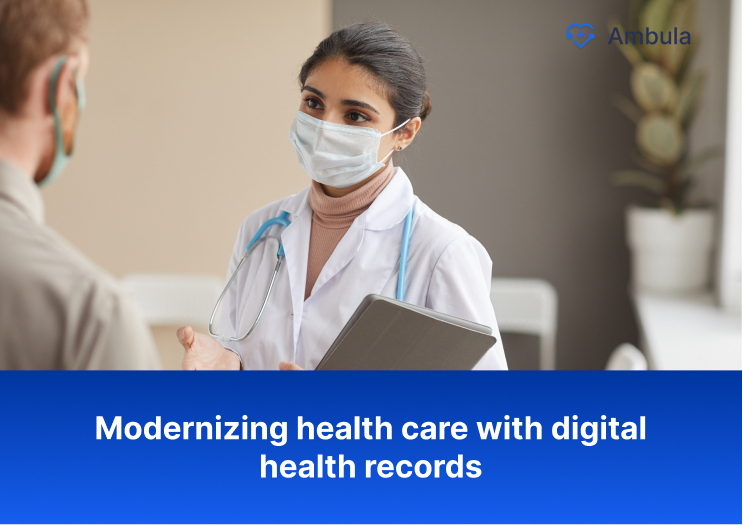
Digital health records are becoming increasingly important in the modern healthcare system. With the increasing complexity of medical information and the need for accurate and up-to-date records, digital health records are now being used to store and manage patient data. This article will explore the advantages and disadvantages of digital health records and discuss the potential implications for healthcare providers and patients.
- What are digital health records?
- Where digital health records can be used
- Is digital health record and ehr are same?
- What is ehr
What are digital health records?
Digital health records allow healthcare providers to store patient information digitally rather than on paper. This allows for more efficient and accurate access to patient data, including medical history, medications, allergies, and test results. Digital health records are secure and can be accessed by authorized healthcare providers, allowing for better care coordination among providers. Digital health records can also make it easier for patients to keep track of their health information and give them more control and access to their health data.
Where digital health records can be used?
Digital health records can be used in various places, including hospitals, clinics, doctor’s offices, pharmacies, health insurance companies, and public health organizations. Individuals can also use them to track their health information, such as allergies, medications, and health history. Additionally, digital health records can be used to facilitate research and data analysis, such as to study the effectiveness of treatments or to identify health trends.
Are digital health records and EHR are same?
Digital and electronic health records (EHRs) are digital versions of a patient’s medical history. Both are used to store a patient’s health information in an electronic format, which can be easily accessed and used to inform decisions about patient care. The difference between the two is that digital health records are used primarily for the patient’s use. In contrast, EHRs are used by healthcare providers to share information between providers and manage patient care.
What is EHR?
EHR stands for Electronic Health Record. It is an electronic version of a patient‘s medical history used to store, track and manage their health information. It is a digital version of a patient‘s paper chart used to provide better care and improve the accuracy and efficiency of healthcare delivery.
What arae the main features of an EHR system
1. Electronic health records (EHRs)
EHRs provide a complete digital medical record of a patient’s condition, treatments, and care.
2. Electronic prescribing:
EHRs allow doctors to create and send prescriptions electronically to a pharmacy quickly.
3. Patient scheduling:
EHRs allow doctors to view slots quickly, schedule appointments, and send patient reminders.
4. Clinical decision support:
EHRs provide doctors access to clinical decision support tools like drug interaction checkers and disease management algorithms.
5. Interoperability:
EHRs are designed to interact with other health information systems, allowing for the secure sharing of data across multiple organizations.
6. Population health management:
EHRs allow for the tracking of health data across whole populations of patients, enabling healthcare providers to identify trends, predict needs, and intervene early.
7. Patient engagement:
EHRs allow for two-way communication between patients and providers, making it easier for patients to be involved in their healthcare.
8. Analytics and reporting:
EHRs allow healthcare organizations to analyze large amounts of data and generate reports to help inform decisions.
Conclusion
Digital health records and EHRs have the potential to revolutionize the healthcare industry, providing enhanced accuracy and accessibility for healthcare providers, improved patient engagement, and streamlined administrative processes. While there are still many challenges to overcome, the benefits of digital health records and EHRs far outweigh the costs and make them a viable and necessary solution for the future of healthcare.




